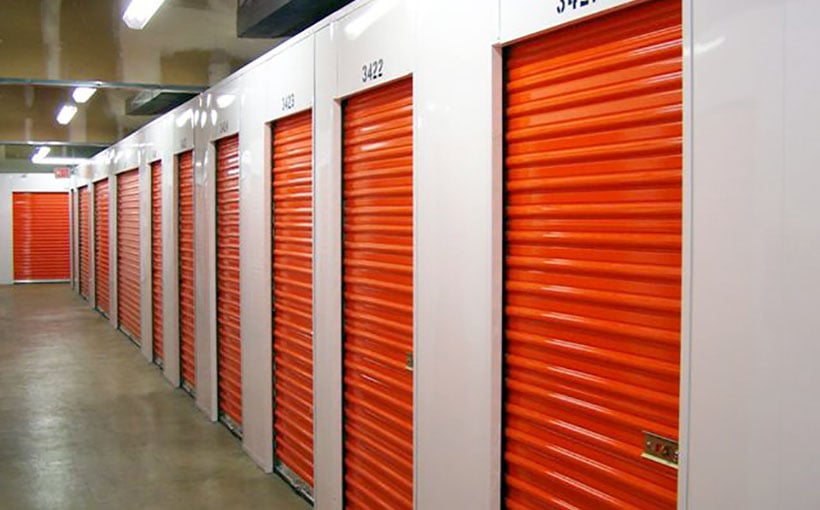The Improving Landscape of Self-Storage: Supply Glut Eases
The self-storage industry has seen a transformative shift recently, driven largely by interconnected factors within the residential real estate market. According to a report by Trepp, approximately 50% of self-storage demand stems from individuals transitioning between homes. As people relocate, the need for temporary storage often extends longer than anticipated, underscoring the sector’s reliance on mobility trends.
Current Market Conditions
Soft Home Sales Impacting Investors
Despite a notable demand for storage units, the self-storage market has faced challenges. Home sales have historically exhibited weakness this year, leading to a situation where “[self-storage] had been on the outs with investors as supply got well ahead of demand," reports Trepp. Yardi Matrix indicates that the number of storage units has surged by 9.4% over the past three years, complicating the market dynamics.
Turning the Tide
However, signs of recovery are emerging. New supply over the year preceding May accounted for just 2.9% of total inventory, a significant reduction compared to earlier trends. Public Storage, a leader in the industry, predicts a 2.5% increase in supply this year. The U.S. currently boasts around 55,000 self-storage facilities, with the Southeast showcasing the highest per capita supply growth, according to broker Mark Helm.
Regional Insights and Performance
Strong Midwest Markets
Recent discussions at the Illinois SSA Great Lakes Owners Summit highlighted robust performance in Midwest cities such as Chicago and Minneapolis. With steady demand and limited new supply, these markets are bouncing back quicker than others. This regional recovery contrasts sharply with the national landscape, which remains uneven due to ongoing economic uncertainties and a fragile housing market.
Economic Influences
Despite a dip in national rents—down 0.1% year-over-year in June—many urban centers have reported increases. Notably:
- 13 out of the top 30 metro areas saw year-over-year growth in same-store rates for non-climate-controlled units.
- 19 out of the top 30 metros experienced increases for climate-controlled units.
Trepp cites SitusAMC, noting that while rent growth is slower than in previous years due to surplus supply, property valuations are stabilizing, particularly in infill markets.
Emerging Trends
Insurance and Sales Dynamics
The latest Marcus & Millichap report indicates that insurance costs are becoming a focal issue for self-storage operators. Nevertheless, the report also highlights an uptick in property sales, noting a favorable environment for debt capital from banks, life insurance companies, and CMBS in the sector.
Regional Challenges
Particularly problematic regions like Denver and Charlotte face issues of oversupply, reinforcing the fact that the self-storage business is heavily influenced by local market conditions.
Conclusion: A Brighter Future
As the self-storage market begins to stabilize, industry sentiment is evolving positively. Current data suggests that while challenges remain, recovery prospects are brightening. Stakeholders are advised to keep an eye on regional dynamics and evolving consumer trends to navigate this changing landscape effectively.
For further insights on the self-storage sector, explore Yardi Matrix and Trepp for up-to-date information and analyses.
By understanding these trends and regional nuances, self-storage operators and investors can better position themselves in this ever-evolving marketplace.


